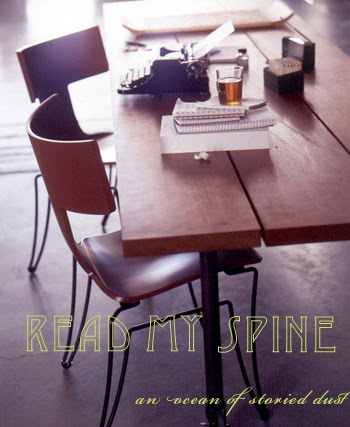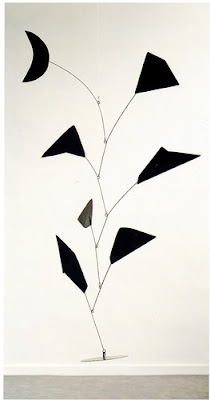
Hiroshi Sugimoto, North Pacific Ocean, Ohkurosaki, 2002. Gelatin silver print; 119 x 149 cm. Fraenkel Gallery, San Francisco.
curated by: Axel Vervoordt
Palazzo Fortuny, Venice
June 6 - November 15, 2009
"The infinite in the finite"
Few art exhibitions have made such an indelible impact on me as the tri-partite series curated and executed by the Belgian collector, interior designer, and schemer of worlds, Axel Vervoordt: Artempo (2007); Academia (2008); and In-finitum (2009). His penchant for combining beautiful objets d'art with masterworks and archeological ruins, often imparts to the exhibition at hand a feeling of the wunderkammer, the museum's primeval antecedent, the "collection" of exotic, wordly odds and ends. Our curiosity, derived from the juxtaposition of such objets, leads us to question the larger themes at stake in these exhibitions: human creativity, artistic process, timelines and genealogies.
In-finitum continues Vervoordt's investigation of time and art where he left off two years ago, during the 2007 Biennale di Venezia and his first exhibition planned at the Palazzo Fortuny, Artempo. We are plunged knee-deep into the "mysteries of the infinite" -- the boundless and labyrinthine territories of the indeterminate, the absolute, the sum total of the incalculable, the indescribable, the immense, the cosmic, the infinitesimal, the transfinite, the extreme, the divine, Nothingness, the void. What we come to realize, and what the exhibition presupposes, is that Art, and not science or empirical research, may be the only fit medium to express, or introduce to the visual world, these concepts.



 Ettore Spalletti, Scatola di Colore, 1991. Impasto of color on Alabaster; 30 x 30 x 30 cm. Studio La Città, Roma.
Ettore Spalletti, Scatola di Colore, 1991. Impasto of color on Alabaster; 30 x 30 x 30 cm. Studio La Città, Roma.
We also take notice of the locus: the converted palazzo of the Spanish artist and dressmaker-turned permanent resident of Venice, Mariano Fortuny. The palazzo fortuny, now an historical museum and exhibition space, retains the vestiges of its former inhabitant -- Fortuny fabrics drape the walls, the musk and odor of time permeates its four floors and adjacent halls, its crumbling facade meets us with harmonious defiance.
Paradoxically, Vervoordt's exhibition gives order, clarity, and depth to the indefinite, the boundless. In this sense, it could be the visual equation of human wonder, a reification of the philosophical thought that has characterized the human race, propelling us ever forward, ever-reflecting, through present and beyond.
the palazzo:


the art:

Gunther Uecker, White Phantom, 1995. Nails and Acrylic on Canvas, on wood; 285 x 285 cm. Collection Axel Vervoordt:
 Ettore Spalletti, Scatola di Colore, 1991. Impasto of color on Alabaster; 30 x 30 x 30 cm. Studio La Città, Roma.
Ettore Spalletti, Scatola di Colore, 1991. Impasto of color on Alabaster; 30 x 30 x 30 cm. Studio La Città, Roma.






Thank you for this wonderful post. I plan to order the catalog for this exhibition; I already have Artempo and Academia.
ReplyDeleteI posted news about AV today on my blog Garvinweasel. Please feel free to stop by.
James